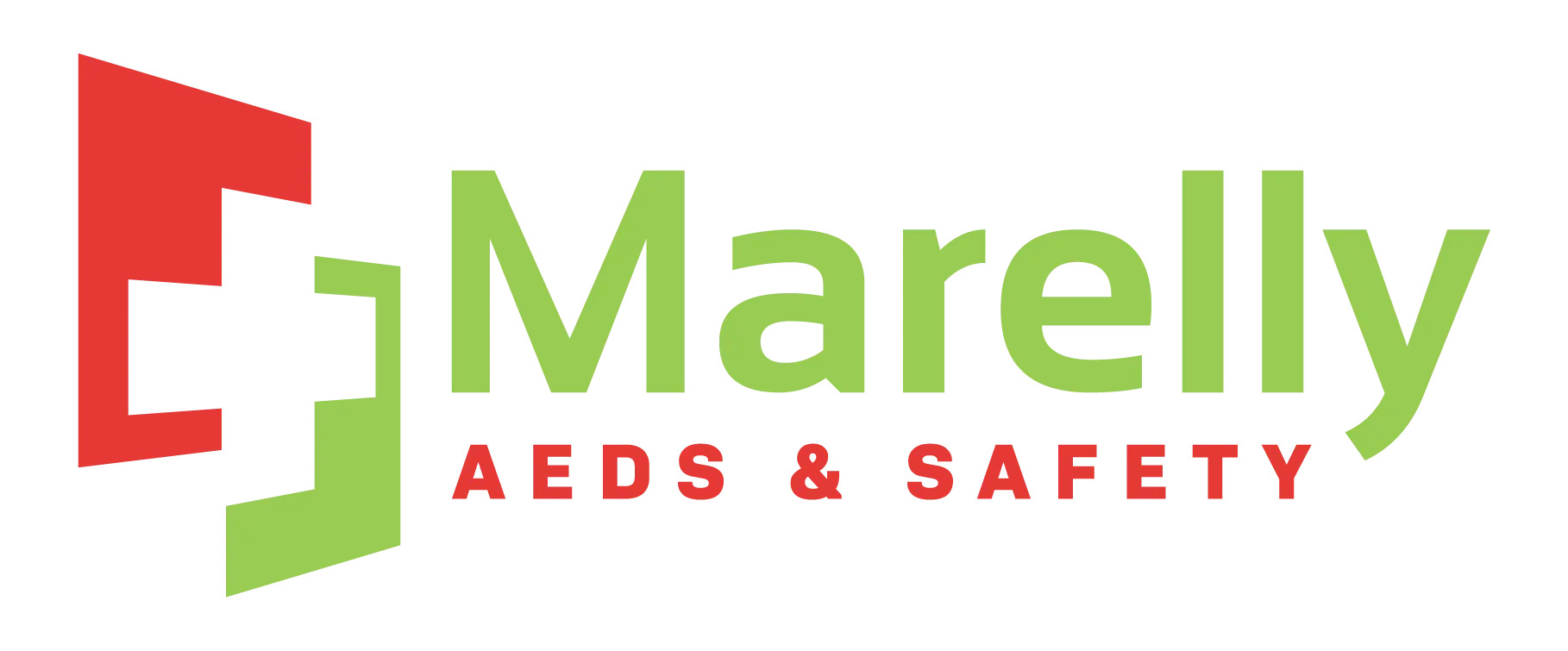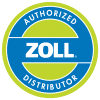Happy Heart Awareness Month! February is Heart Month, which makes it the perfect time to learn about heart disease and preventative steps to take to help your heart. American Heart Month started in 1963 in order to inspire Americans to get educated on our hearts and heart disease.
The Importance of Heart Health
According to Centers for Disease Control and Prevention (CDC), heart disease is the leading cause of death for men and women in the U.S. but it also happens to be one of the most preventable. Eating right, exercising, and managing things such as cholesterol are all tasks we must do to keep our hearts healthy. Since 1950, sedentary jobs have increased by 83%, according to the American Heart Association. This major increase in inactivity is taking a toll on the health of many. It is well documented that sitting for long periods of time can negatively impact one’s heart health. In 2015, the Annals of Internal Medicine came to the conclusion that even when adjusting for physical activity, people who tend to sit for extended periods of time have worse health outcomes. This included a higher risk of heart disease, cancer, and type 2 diabetes.Promoting Heart Health in the Workplace
Given that most people spend about a third of their time or more at work, even minor initiatives and small changes can have a big impact on health. Here are some things you can do to celebrate Heart Month and help improve and promote heart health in your workplace.Wellness Initiatives
Companies across the U.S. are starting to implement wellness initiatives within the workplace. Some great wellness initiatives for the workplace include:- Health interventions
- Health screenings
- Encourage physical activity
- Health education
- Specialized programming
Training Your Employees
Create a safer workplace with CPR training and AED training programs. CPR training not only saves lives and reduces the amount of workplace accidents, but it also reduces the recovery time of patients who suffered from cardiac arrest. CPR decreases the negative repercussions of cardiac arrests of patients. The longer it takes a victim to receive CPR the chances for additional organ damage and long term complications can increase. Training programs can also be beneficial to help answer employees’ questions, and can provide different ways for employees to learn and work together.AEDs for the Workplace
Since so much time is spent at work, it is important for your workplace to have an AED onsite. AEDs are life-saving devices that can dramatically increase the chance of surviving sudden cardiac arrest. If there is an AED located in your workplace, it is important for all of your employees to know where it is located, and how to use the device. Having an AED program implemented in the workplace will allow employees to complete role-relevant training and ask questions in order to react in emergency situations with confidence.Recognizing Signs of Sudden Cardiac Arrest
Sudden cardiac arrest (SCA) occurs when the heart stops beating, or when ventricular fibrillation occurs. It is the sudden loss of heart function, breathing, and consciousness. SCA tends to result from an electrical disruption in your heart that interrupts its pumping, which then stops blood flow to your body. The signs and symptoms of sudden cardiac arrest are immediate and severe, including:- Sudden collapse
- No pulse
- No breathing
- Loss of consciousness
- Shortness of breath
- Heart palpitations
- Weakness
- Chest discomfort
Reasons for AEDs in the Workplace
- AEDs can be an effective first aid procedure: AEDs work as a first aid response and can restart the victim’s heart who has suffered a sudden cardiac arrest at work
- Cardiac arrest can occur at any time: They are sudden. There is no way to notice SCA happening hours prior.
- Most cardiac arrest deaths occur outside of hospitals
- Work environments can increase the risk of a heart attack: Stress has the potential to increase the risk of a severe cardio pulmonary. In workplaces with high stress levels, there is an increased need to have an AED onsite.
- Survival rates decrease as each minute passes: Victims suffering from SCA will have a better chance of survival with trained employees in the office.
- AED training programs are available for employees
Celebrate Heart Month with a New AED
Here at Marelly, we encourage you to take advantage of heart month to either create or reestablish your commitment to a more heart-healthy way of living. Be prepared with an AED! Find the best AED for you or your business in Marelly’s online AED store.
Tagged compliancefirst aid


